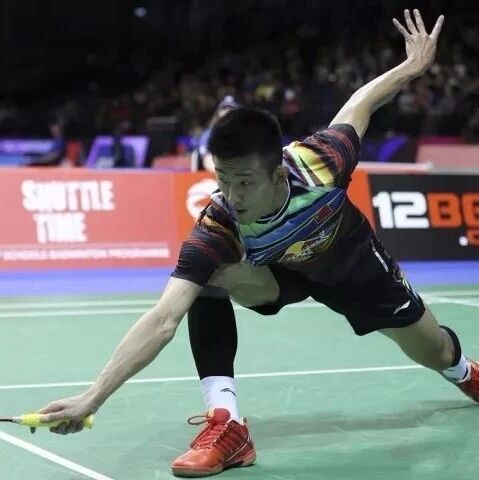You wouldn’t believe it—kids who play badminton actually have an average IQ that’s 20% higher!
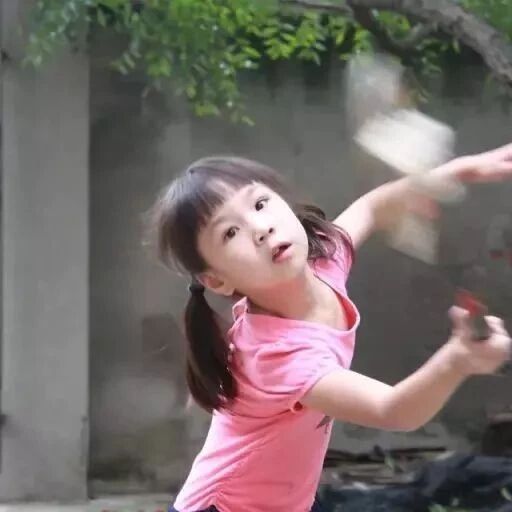
Harvard University medical expert Professor John Ratey has found that exercise not only boosts children's physical health but also reshapes their brains, helping them develop stronger learning abilities and fostering a healthier mindset.
Badminton is a sport that requires no physical contact, making it highly safe—perfect for children to practice. Moreover, according to authoritative international experts, kids who play badminton tend to have an average IQ 20% higher than others. Just imagine: a 20% difference in intelligence—it sounds like an absolutely astonishing figure!
It’s no exaggeration to say that, from a young age, children who consistently play badminton show significantly better physical fitness and mental well-being compared to those who don’t—no matter how you look at it. And as time goes by, this gap only widens further. So, what exactly is the magic behind badminton? Let’s find out together.
Promote height growth
Playing badminton requires children to move swiftly back and forth repeatedly, and this constant footwork is particularly beneficial for stretching the ligaments on the inner thighs, around the knees, and along the insides of the calves. As a result, kids who start playing badminton early on tend to be, on average, about 5 centimeters taller than their peers.

Speed up mental reflexes
To accurately return the shuttlecock, children who play badminton not only develop quick mental reflexes—but according to expert research, just six months of regular badminton practice can reduce a child’s reaction time for making split-second judgments from 0.3 seconds down to 0.1 second, with the most skilled players even managing to shorten it to as little as 0.05 second.
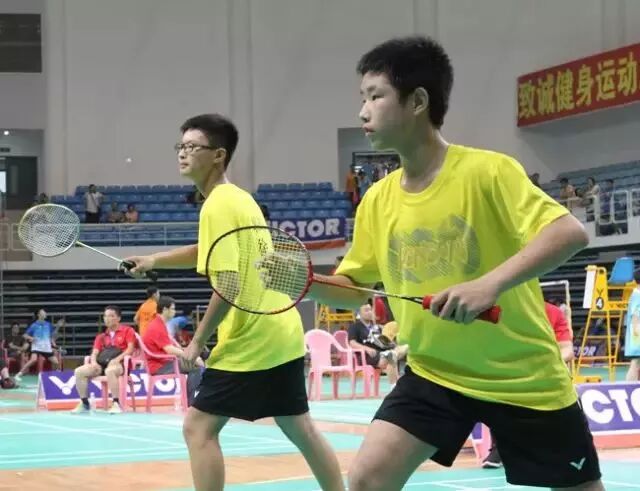
Enhance eye function
Ophthalmology experts have found that during badminton play, children aged 5 to 9 must quickly track the shuttlecock as it moves back and forth, which unexpectedly offers significant benefits for perfecting their eye-hand coordination. The continuous process of hitting and returning the shuttlecock effectively exercises key components of the children’s eyes, helping to slow down the progression of amblyopia and myopia—and may even provide some supportive therapeutic effects for treating strabismus (crossed eyes).
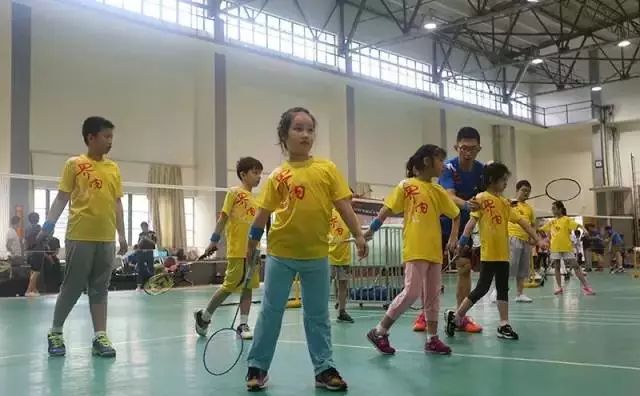
Relax the cervical and spinal vertebrae
When playing badminton, the motion of returning a high shot closely resembles the ballet move of drawing your arm back, gently relaxing the cervical and spinal muscles. For children who spend long hours hunched over desks writing or immersed in piano practice, this simple yet effective movement not only helps prevent excessive spinal pressure that could stunt growth but also significantly reduces the risk of developing cervical spine issues. With the widespread use of computers and increasingly heavy academic loads, the trend toward younger ages affected by cervical problems deserves parents' attention. And at any age, playing badminton remains one of the best preventive measures against cervical discomfort.
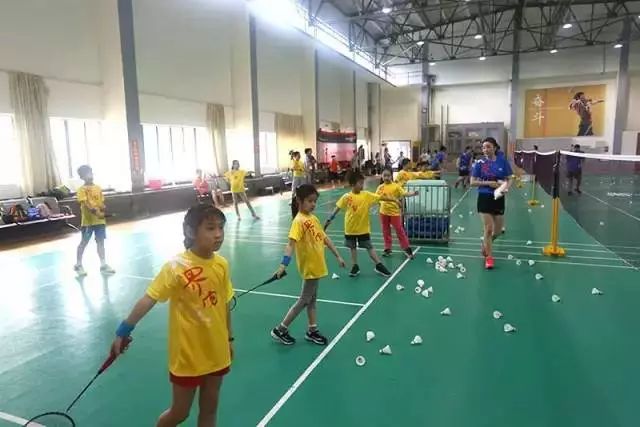
Enhancing stress resilience
Every badminton technique requires long hours of repeated practice, and at each stage, players can clearly feel their progress—something that greatly helps children build confidence and develop the determination and courage to overcome challenges. Meanwhile, occasional losses during matches allow kids to learn resilience earlier, strengthening their ability to handle stress both in sports and in everyday life.
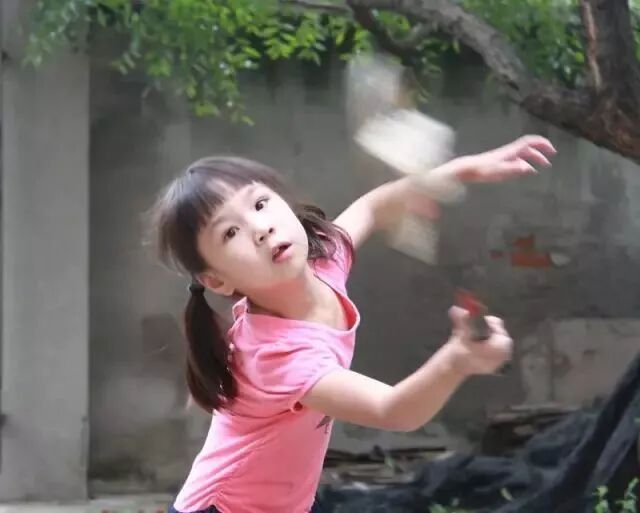
Enhancing interpersonal skills
Badminton is a group activity—when a group comes together to learn and play, it allows children to meet more friends and peers. As such, from the perspective of interpersonal communication and interaction, it’s also an excellent tool.
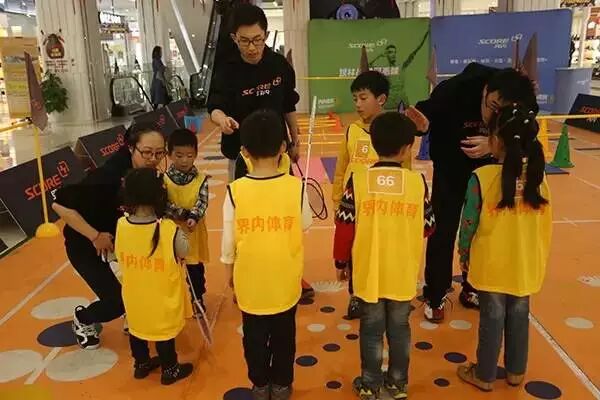

Related Articles
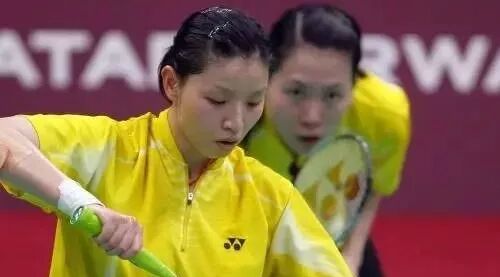
5 minutes of badminton in stunning HD slow motion, complete with technical insights.

A primary school student's essay titled "My Dad Loves Playing Badminton" stunned the teacher—and quickly went viral across the internet.
